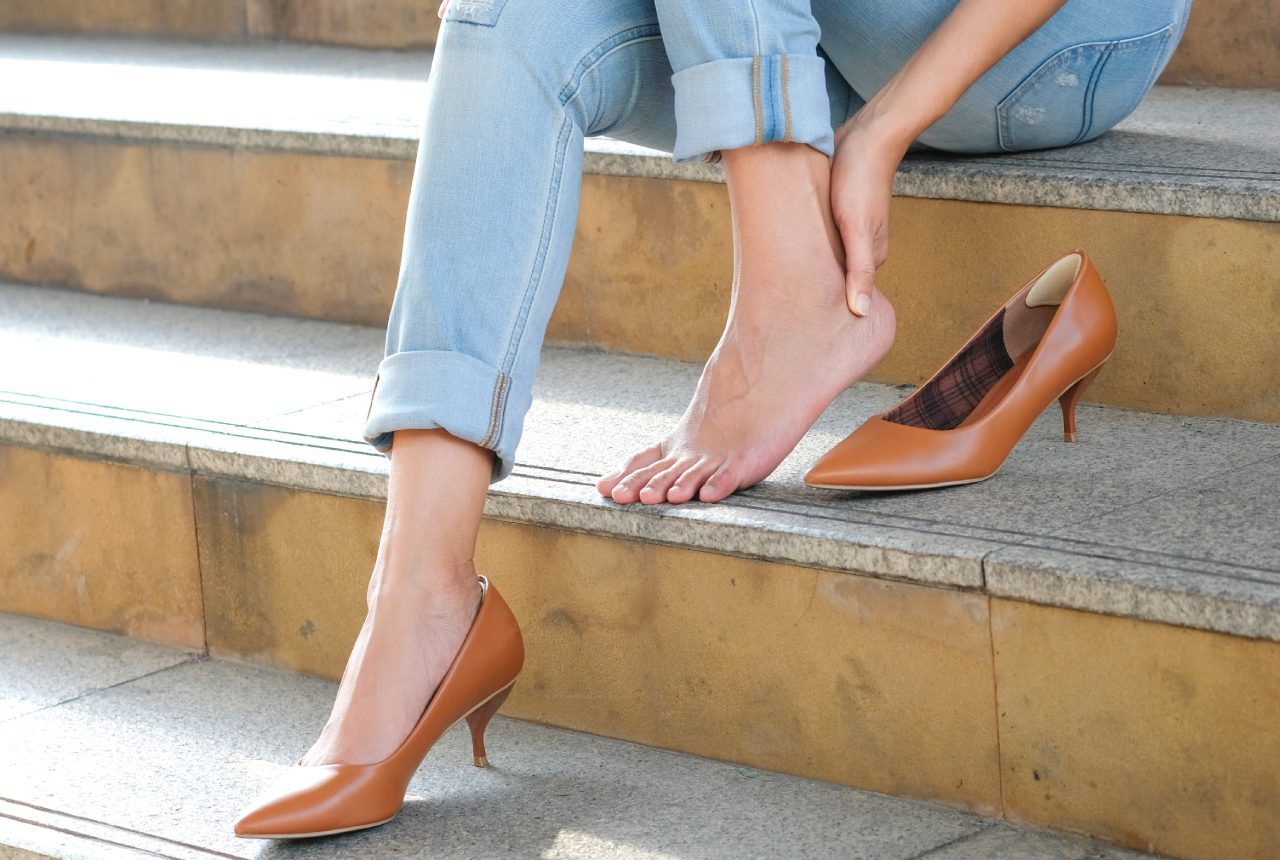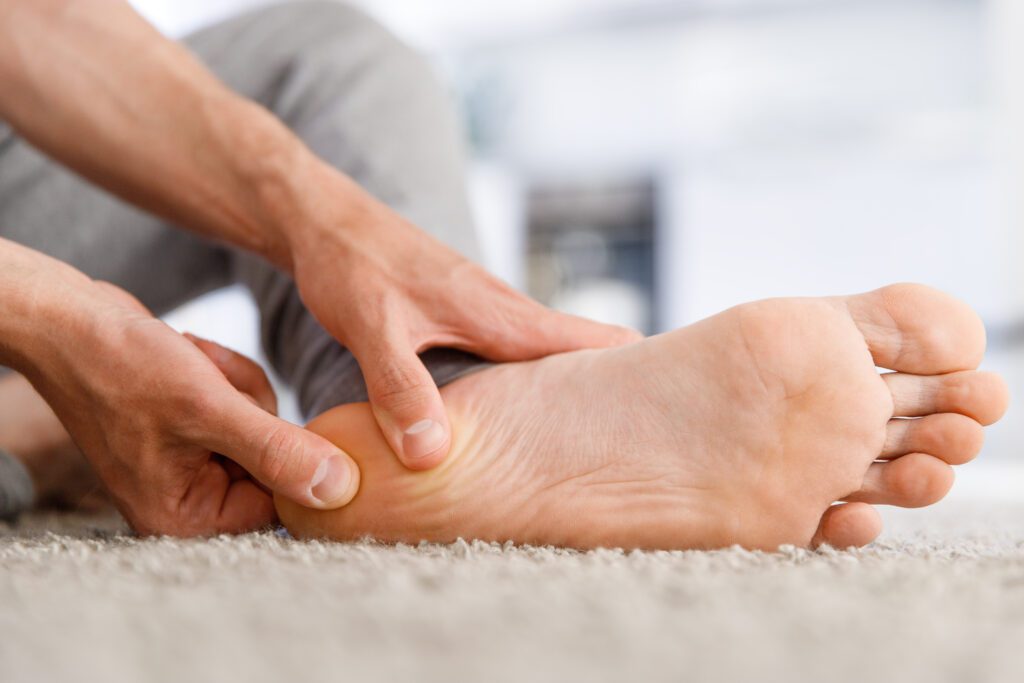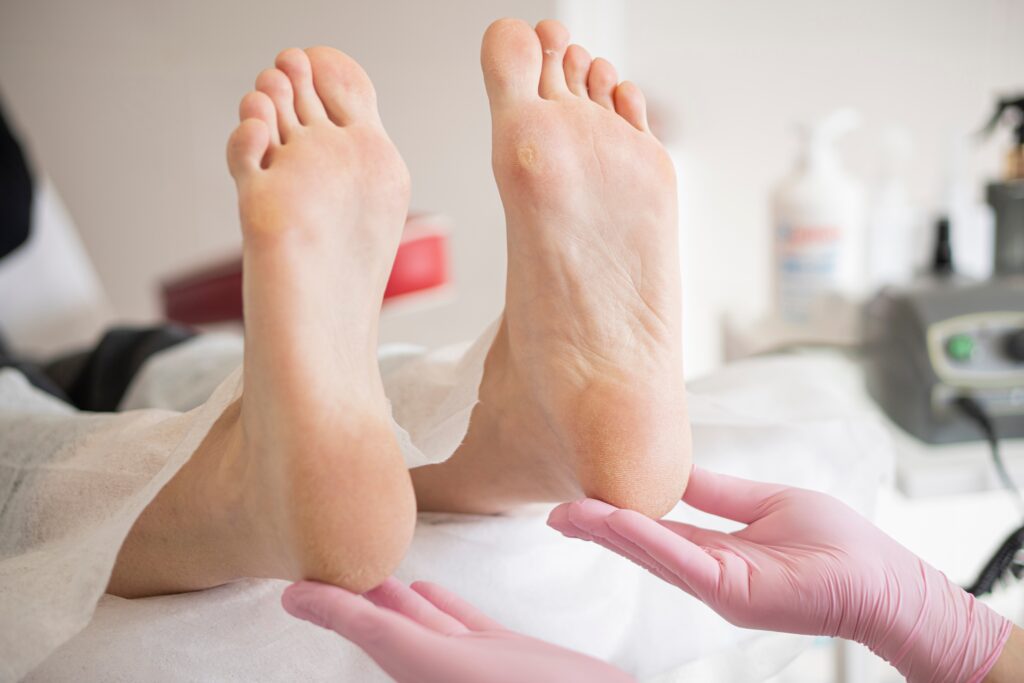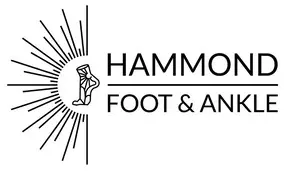
Ouch! That sharp pain in your heel when you first get out of bed? You’re not alone. Lots of people deal with plantar fasciitis, and it can be a real pain (literally!). But what’s actually making your heel hurt so much? Let’s dig in and find out.
The Plantar Fascia: Your Foot’s Built-In Shock Absorber
First things first, what’s this “plantar fascia” thing anyway? Imagine a tough, stretchy band of tissue on the bottom of your foot. It runs from your heel bone all the way to your toes. That’s your plantar fascia. It’s like a built-in shock absorber, supporting the arch of your foot and helping you walk.
So, What Goes Wrong?
Plantar fasciitis happens when that plantar fascia gets irritated or inflamed. Think of it like a rubber band that’s been stretched too much. It gets sore and doesn’t work as well.
What’s Stretching It Too Much?
Here are some of the main reasons why your plantar fascia might be getting overworked:
Overuse: If you’re on your feet a lot, especially running or jumping, you’re putting extra stress on your plantar fascia.
Tight Calf Muscles: Tight calf muscles can pull on your heel, which in turn pulls on your plantar fascia.
Flat Feet or High Arches: These foot shapes can change how your weight is distributed, putting extra strain on the plantar fascia.
Obesity: Extra weight adds extra pressure to your feet.
Wearing Unsupportive Shoes: Shoes that don’t give your arch enough support can make plantar fasciitis worse.
Age: As we get older, our plantar fascia can lose some of its elasticity, making it more prone to injury.
It’s Not Just One Thing!
Often, it’s not just one thing causing plantar fasciitis. It’s usually a combination of factors. For example, if you have tight calf muscles and you start a new running routine, you’re more likely to develop plantar fasciitis.
What Can You Do?
If you think you have plantar fasciitis, here are some things you can try:
Rest: Give your feet a break!
Stretching: Stretch your calf muscles and plantar fascia.
Ice: Apply ice to your heel for 15-20 minutes at a time.
Supportive Shoes: Wear shoes with good arch support. We can definitely help you with this at Hammond Foot and Ankle!
Over-the-counter pain relievers: These can help with the pain and inflammation.
See Dr. Hammond at Hammond Foot and Ankle: If the pain is severe or doesn’t go away, come into Hammond Foot and Ankle for more specific advice and treatment.
Listen to Your Feet!
The best way to avoid plantar fasciitis is to listen to your feet. Don’t push yourself too hard, wear good shoes, and stretch regularly. Your feet will thank you!


